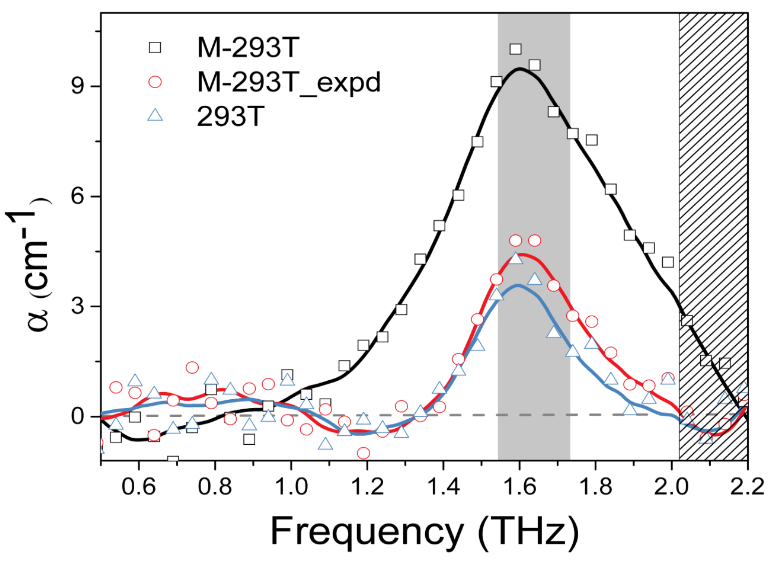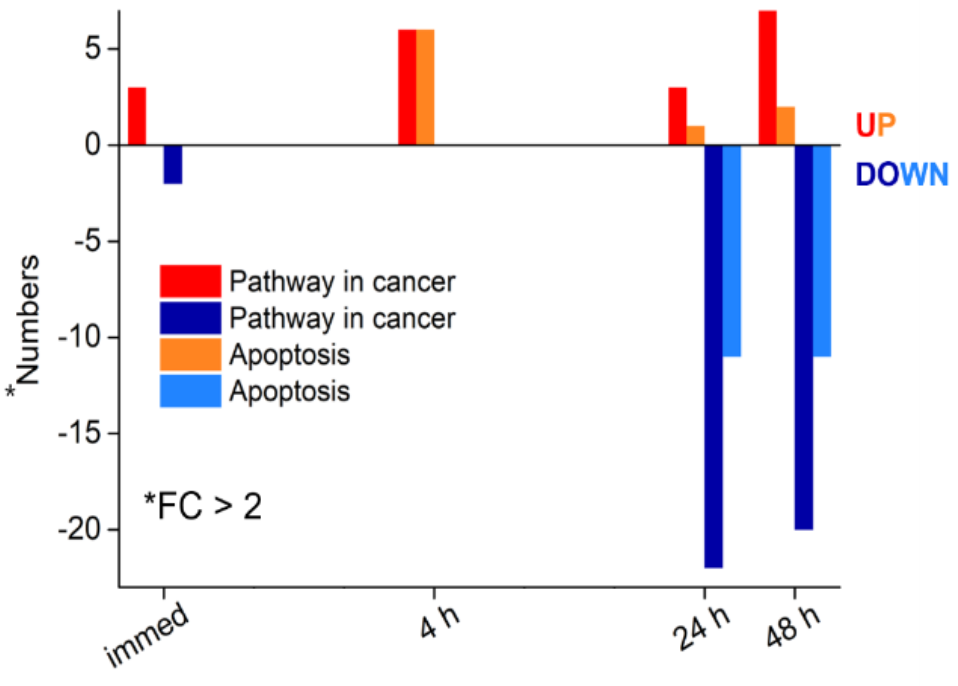| PREVIOUS PRESENTATION | BACK TO PROGRAM OVERVIEW | NEXT PRESENTATION |
Terahertz demethylation for cancer therapy
Joo-Hiuk Son1,2
1University of Seoul, Seoul 02504, Republic of Korea
2iNexus, Inc., Gyeonggi-do 13486, Republic of Korea
Introduction
Terahertz electromagnetic waves, whose spectrum lies between microwave and infrared regions (0.1-10 THz), have been utilized for the diagnosis and imaging of cancer [1-3]. In the effort of finding a specific signal in such measurements, a terahertz resonance fingerprint of cancer has been directly observed at 1.6 THz for several types of cancer [4]. The resonant signal is believed to originate from the aberrant methylation in DNA which is an epigenetic modification before genetic mutation in the development of cancer. If it is a resonant feature, this might be controlled or manipulated by using a terahertz radiation at the frequency.
In the presentation, the details of finding the terahertz resonance of cancer DNA coming from methylation and the manipulation to demethylation using resonant terahertz radiation will be explained. Also, how the demethylation is related to cancer treatment will be discussed.
Results
DNA methylation plays a role to regulate gene expression. Because abnormal regulation of gene expression can cause carcinogenesis, DNA methylation is a critical issue in cancer research and treatment. In aqueous solutions, we tracked and observed the molecular resonance of genomic DNA at 1.6 THz from two controls (293T, M-293T) and five cancer (PC3; prostate cancer, A431; skin cancer, A549; lung cancer, MCF-7; breast cancer, SNU-1; gastric cancer) cell lines, using freezing technique and baseline correction [4].
The resonance peak of spectrum presents the existence and quantity of methylation in DNA, but also the target for manipulation of DNA methylation to control gene expression in cancer DNA by breaking its bond. To break the methylation bond resonantly, we irradiated a resonant high-power terahertz radiation, which is generated from a LiNbO3 crystal driven by 1-kHz regenerative Ti:sapphire amplifier and has a limited bandwidth around the resonance frequency of DNA methylation using a bandpass filter, onto some types of cancer DNA [5].
The DNA from human embryonic kidney cell line (293T) was utilized as a control and a part of it was artificially methylated to give M-293T by DNA methyltransferase enzyme (DNMT). The M-293T was divided into two and one of them was irradiated with high-power terahertz radiation. The methylation level of M-293T was high but it was decreased to half close to the level of 293T after the exposure as shown in Fig. 1 [5].

Figure 1: 1.6-THz radiation induces the demthylation of M-293T, resulting in the decrease of the resonance amplitude to the level of 293T [5].
To identify the effect in actual cancer DNA, we applied high-power terahertz radiation on some types of blood cancer DNA to assess the demethylation. The blood cancer DNA experiment was performed in the same method with that of the M-293T. The degree of DNA methylation was significantly decreased in most of the blood cancer, although the demethylation ratios varied according to cell line (approximately 10 – 70%) [5]. Skin cancer and breast cancer DNAs were also tested to verify the demethylation by THz radiation [3].
Without extracting the cancer DNA, the effective demethylation of melanoma cells was achieved using a resonant terahertz radiation [6]. When exposed to 1.6-THz radiation, the DNA in cancer cells was demethylated, resulting in the downregulation of specific genes that are involved in cancer pathways as shown in Fig. 2 [7]. The results show that terahertz radiation has the potential to modify gene expression in living cells for cancer treatment.

Figure 2: The number of up- and down-regulated genes in cancer and apoptosis pathways. The red and orange bars represent up-regulation of pathway in cancer and apoptosis, respectively, while the blue and navy-blue bars show down-regulation of pathway in cancer and apoptosis, respectively [7].
Summary
Our result demonstrates that the molecular resonance of cancer DNA exists in the terahertz region and this can be controlled by the irradiation of high-power terahertz radiation. This is the first result using an optical technique for manipulating DNA methylation. The manipulation of methylation in cancer DNA is an important factor in epigenetic cancer therapy because aberrant DNA methylation can lead to abnormal gene expression. Although there are several chemical inhibitor drugs for DNA demethylation, which reduce aberrant DNA methylation in cancer cell, they still have a high risk of side effects. Because our method is a non-invasive, non-ionizing and non-labelling optical technique, and uses specific resonance frequency, it could be a good solution to achieve a novel cancer therapy with few side effects. This implies that terahertz radiation might be utilized for the demethylation of cancer DNA leading to cancer therapy.
References
[1] J.-H. Son, ed., Terahertz Biomedical Science and Technology (Boca Raton, FL, USA: CRC Press, 2014)
[2] J.-H. Son, et al., “Potential clinical applications of terahertz radiation,” J. Appl. Phys., 125, 190901 (2019)
[3] H. Cheon, et al., “Toward clinical cancer imaging using terahertz spectroscopy,” IEEE Sel. Top. Quant. Elec., 23, 8600109 (2017)
[4] H. Cheon, et al., “Terahertz molecular resonance of cancer DNA,” Sci. Rep., 6, 37103 (2016)
[5] H. Cheon, et al., “Detection and manipulation of methylation in blood cancer DNA using terahertz radiation,” Sci. Rep., 9, 6413 (2019)
